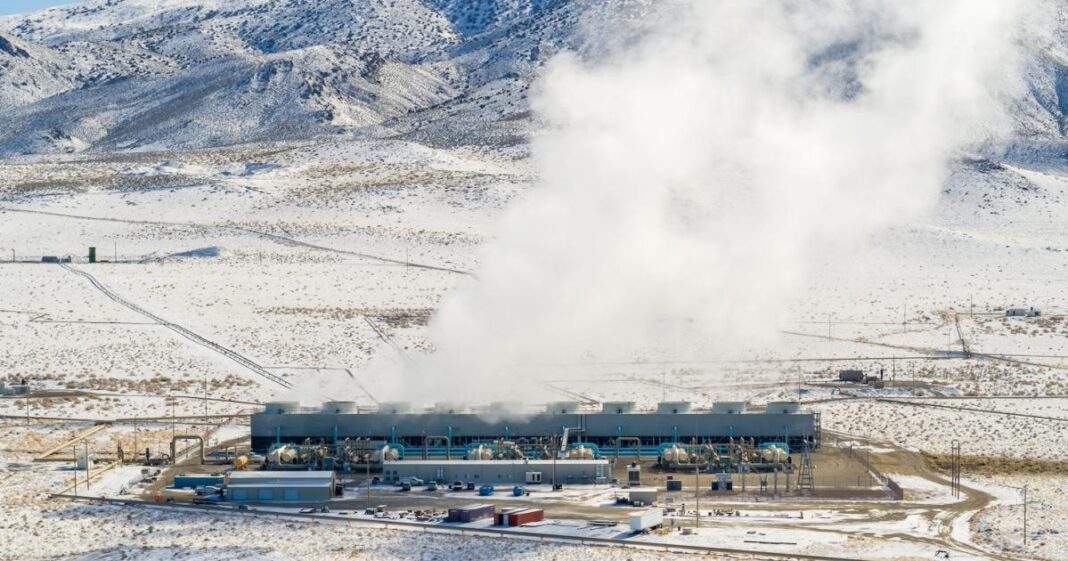Google reported a 13 percent rise in greenhouse gas emissions for 2023 driven by the energy appetite of artificial intelligence and scarce availability of renewable energy in Asia and certain U.S. regions.
Google’s total emissions reached 14,314,800 metric tons, a 48 percent increase over 2019 levels, the baseline for its emissions reduction targets, according to the company’s 2024 Environmental Report published July 2:
- Scope 1 emissions, generated directly from Google’s own operations, decreased 13 percent.
- Scope 2, related to energy purchases, climbed 37 percent.
- Scope 3, including purchased goods such as data center construction materials and representing 75 percent of the total, grew 8 percent.
Google’s net-zero goal calls for a 50 percent reduction across Scope 1, 2 and 3 by 2030. Its disclosure of a sizable increase mirrors Microsoft’s revelation in mid-May, when that company posted a 29.1 percent increase in emissions since 2020, the year it declared a “carbon negative” goal.
Both Google and Microsoft said voracious data center expansion has made meeting corporate climate goals challenging.
An ‘inflection point’ for AI
The amount of energy consumed by Google’s data centers in 2023 was more than 24 terawatt-hours — about 7-10 percent of global electricity consumed by data centers, the company reported. That was a 17 percent increase from 2022 and roughly the same as the 2021 to 2022 increase, said Google CSO Kate Brandt. AI is largely responsible for the rise. As of 2022, data centers accounted for approximately 1-1.3 percent of worldwide electricity demand.
“Because AI is becoming so deeply integrated into our products, the distinction between what is an AI workload and what is not an AI workload is kind of not meaningful,” she said.
Google is betting big on AI for its cloud services business and as the foundation for future search revenue. It’s also a big focus for the sustainability team, which has set a goal of using AI to help cities, individuals and companies reduce their carbon footprints by 1 gigaton by 2030. The company cites research estimating that AI could help mitigate 5-10 percent of global emissions by the end of the decade.
With that in mind, Google is prioritizing three strategies to manage AI’s environmental impact:
- Model optimization, via software that decreases the resources and time required to “train” AI to make decisions.
- Efficient infrastructure, including next-generation computing hardware such as Nvidia’s Blackwell technology, which the company said will train AI models using 75 percent less power than previous versions. Water is also a big focus: Google’s data centers consumed 6.1 billion gallons in 2023, 17 percent more than in 2022.
- Emissions reductions, through the company’s investments in renewable energy: It has signed contracts for 25 terawatt-hours. Some of that capacity is delivered directly, some comes in the form of credits. The next phase of investments will center on adding clean power in Asia and accelerating the availability of technologies such as enhanced geothermal through new corporate partnerships.
Reality check for ‘carbon-free energy’ strategy
Google signed its first corporate power purchase agreement for renewable energy in 2010, pioneering a strategy that has become widespread among large companies with ambitious emissions reduction targets.
“We set a 100 percent renewable energy goal in 2012, without a full roadmap for how to get there,” said Brandt, who celebrates her ninth anniversary with Google at the end of July. “It pushed us to innovate, it pushed us to partner, and it pushed us to work hard. That’s what I see is really the value of ambitious goals for companies. The reason you stick with them is that it enables you to align across the company.”
Google’s latest promise is to run on “carbon-free energy” around the clock on the grids where it operates by 2030. In other words, it is prioritizing the addition of clean power on the electric grids where its data centers are. As of last year, Google’s global average for carbon-free energy consumption was 64 percent. At least 10 of its data center regions, including Brazil, France, Great Britain and Switzerland, are running at more than 90 percent carbon-free energy. Others are much lower: In Singapore, for example, the average is just 4 percent.
In 2023, Google signed contracts for 4 gigawatts of new power projects, more than any previous year. That brought its total commitments over time to 14 gigawatts, Brandt said. On July 1, Google made an investment of an undisclosed amount in BlackRock portfolio company New Green Power that will add 1 gigawatt of solar energy in Taiwan, where Google’s carbon-free energy average is just 18 percent as of 2023. Google has committed to purchasing at least 300 megawatts of that pipeline.
The Google data center energy team has developed creative models to add renewable energy resources, such as new forms of tariffs being considered by NV Energy and Duke Energy. They could enable commercial customers to help utilities fund resources for enhanced geothermal, small nuclear and long-duration energy storage that will support corporate emissions reduction goals.
It’s innovation like this that keeps Brandt optimistic.
“My message is, this is hard. This is the decisive decade, we need to stick with this,” she said. “We need to support each other, which looks like sharing best practices, partnering even more deeply and working on these systemic challenges so we can unlock change together.”
